
The Human Trafficking Epidemic
According to a 2016 report by the City of San Francisco, experts estimate that human trafficking is a $32-billion-a-year industry across the world.
Approximately 17,500 men, women and children are trafficked in the U.S., reports the Department of Justice. There are 600,000 to 800,000 worldwide, 80% of which are women and girls.
“California, together with New York, Texas, and Oklahoma, has the largest concentration of reported survivors of human trafficking in the United States,” according to the Human Trafficking in San Francisco Report.
“California is particularly vulnerable to trafficking in persons involving migrant labor, because of its proximity to international borders, its seaports and airports, its significant immigrant population, and its large economy that includes industries that are vulnerable to exploitation.”
The state of California has attempted to cracked down on this.
“In March 2013, Mayor Edwin Lee launched the Mayor’s Task Force on Anti-Human Trafficking to identify gaps in services, improve anti-trafficking policies, and bolster the City’s response to human trafficking. The Task Force takes a comprehensive, victim-centered approach and includes partners from law enforcement, social services agencies, and community-based organizations. It focuses on long-term, local solutions to this complex issue that affects the whole community,” writes the authors of Human Trafficking in San Francisco Report.
It’s safe to say that human trafficking is a massive problem in the U.S., but many often underestimated because it is so far underground and the real number of victims is unknown.
“The number will always be an estimate, because trafficking victims don’t stand in line and raise their hands to be counted, but it’s the best estimate we have,” said Ambassador John Miller, director of the State Department’s Office to Monitor and Combat Trafficking.
The U.S. is the top three most popular destination for sex trafficking, along with Australia and Japan. Predominantly these victims are lured from Southeast Asia to the U.S. by promises of high-paying jobs as models or hostesses.
The recruitment strategies are effective. Often the recruiters create fake job ads on the internet and target vulnerable women. Not to mention, the traffickers overseas are usually women seeking out other women at clubs, colleges, pool halls, and bars.
Then they enter the U.S. illegally often through Mexico to California.
“In Mexico, the traffickers lead the women over the same treacherous desert paths worn down by migrants heading to “El Norte” for work. More women come through airport customs in San Francisco and Los Angeles, using fake passports and student or tourist visas made for them by their traffickers,” writes SF Gate.
“It’s relatively easy for traffickers to evade authorities at the checkpoints — land, air or sea — because women still don’t realize at that point that they are being tricked.”
Once they get to the U.S., they are instead sold to brothels and strip clubs. They often have surprise travel debts to pay off and are forced to pay these off with sex work money.
Other tactics used to keep the victims trapped are also successful.
“The women are taken most often to Los Angeles or San Francisco, where they are hidden inside homes, massage parlors, apartments and basements, only to learn that the job offer was just a ploy. Typically, they are locked inside their place of business, forced to have sex with as many as a dozen men a day. Sometimes victims are forced to live in the brothel, too, where five or six “co-workers” are crammed into one room,” writes SF Gate.
“Their “owners” confiscate their travel documents until the women pay off exorbitant sums. Often captors will ensure the women never pay off their debts, by tacking on fees for food, clothing or rent. Some fine the women for displeasing customers, being late to work, fighting or a host of other possible transgressions.”
This is why Asian-themed spas are packed at night in several cities across the countries
Some progressives believe that if prostitution was legal, this problem would disappear. But, this has proven to not be the case in The Netherlands.
“In fact, just the opposite happens. The Netherlands, for example, has seen a massive influx of human trafficking cases. Australia, New Zealand, Switzerland, and other countries with permissive attitudes on prostitution are at the top of the human trafficking list,” writes Human Events.
Another problem is that cities are targeting the massage parlors or establishments with human trafficking, instead of the individuals visiting these places.
“In looking at the city, I’ve never seen it like this before in terms of the number of massage parlors. No one is going after the johns,” said Norma Hotaling, director of the Standing Against Global Exploitation Project in San Francisco to SF Gate.
Author’s note: Another solution to this problem is stricter border control. How are these traffickers getting these victims into the country so easily? If more were being stop by authorities before entering, then there would be less victims. Obama’s loose immigration policies have evidently caused an increase in human trafficking.


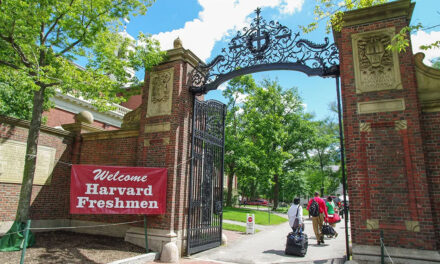





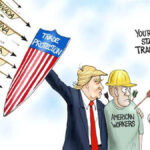






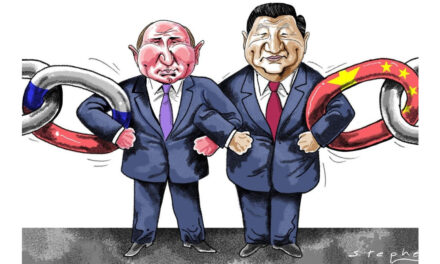
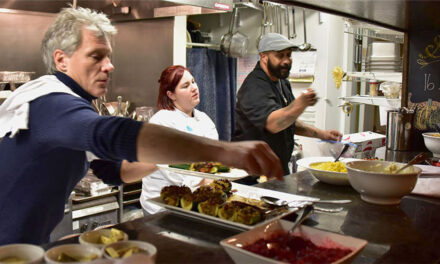



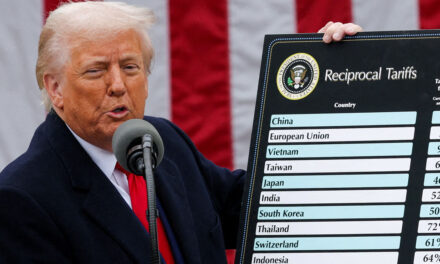


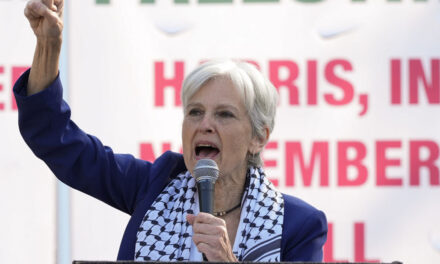
Frank and Mike covered the main points. Larry, of what use is backing someone's economic policy in part when the…
I agree Seth: NOT MAGA! heh, heh. perspective, it's a bootiful thing.
Not MAGA.
Yup, Larry, you got me although you really didn't have to be such a dick about it. I just read…
Larry, Before you open your mouth again (and continue to make yourself look foolish), I suggest you educate yourself on…